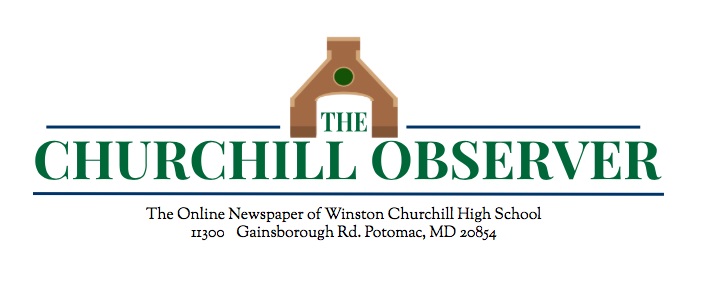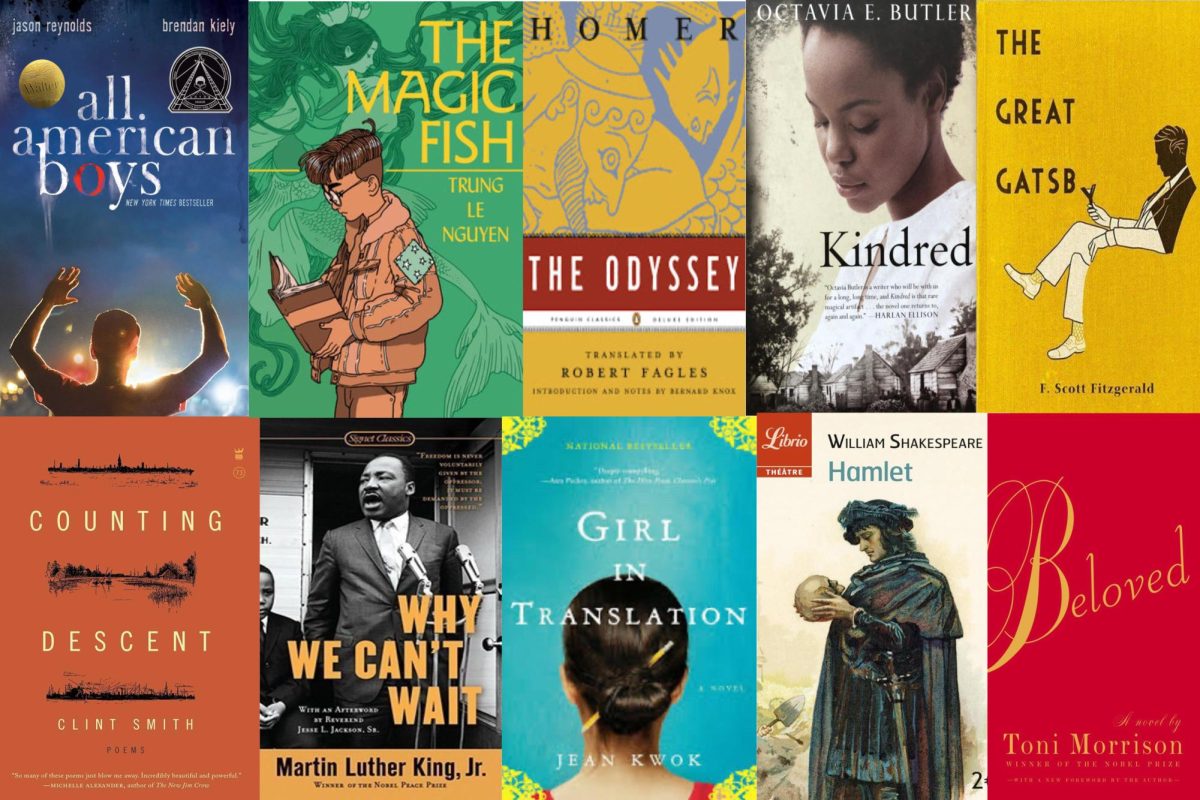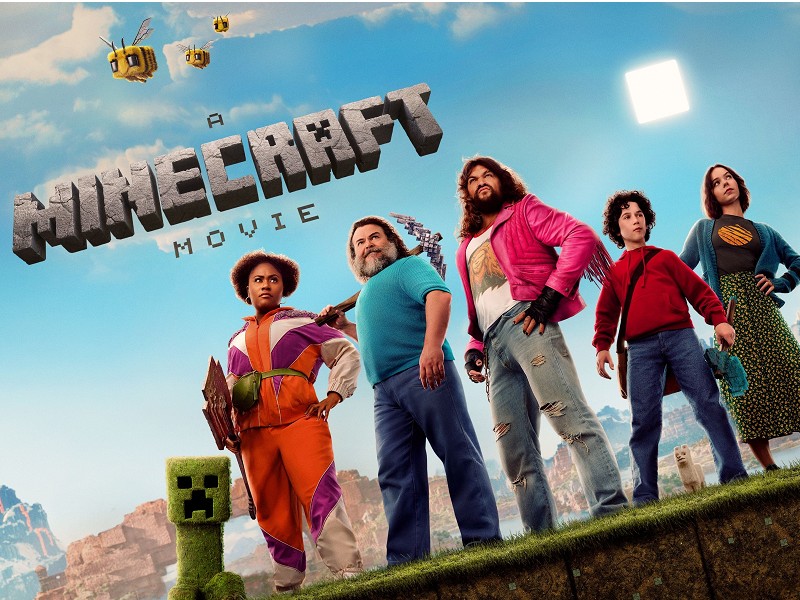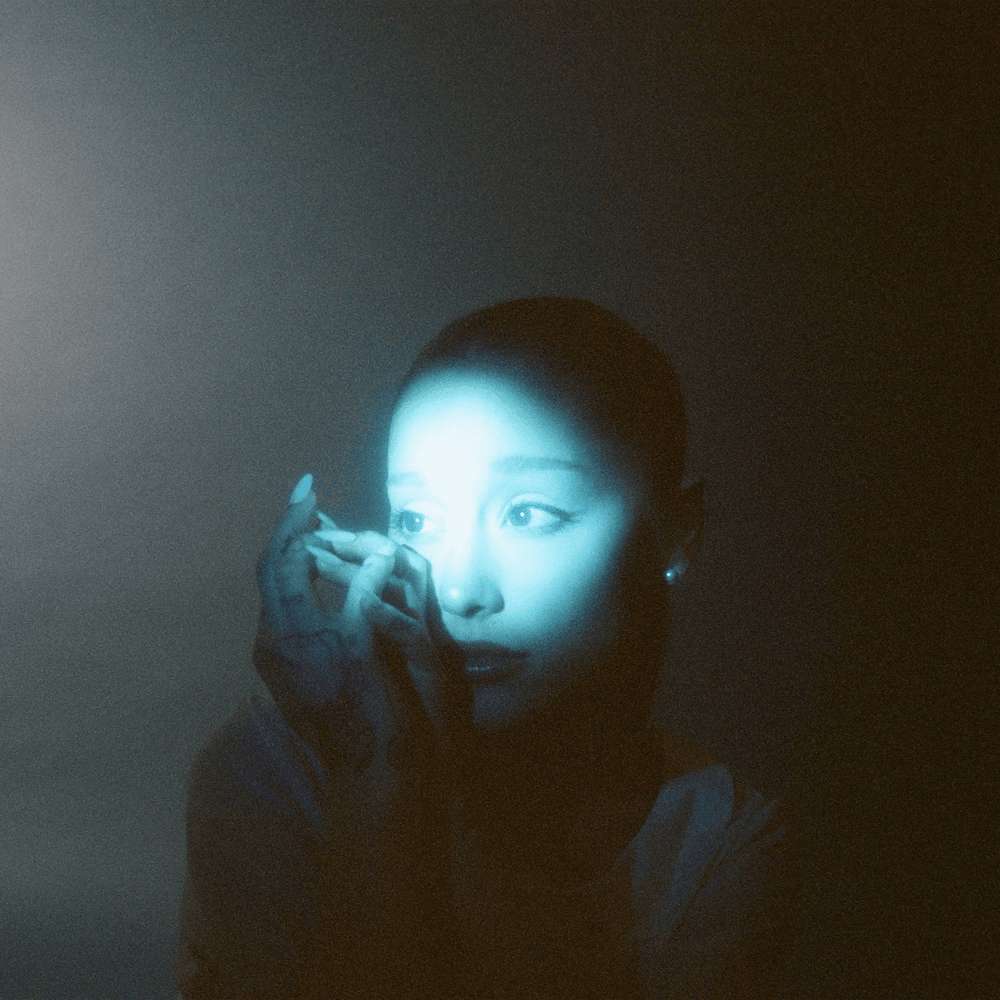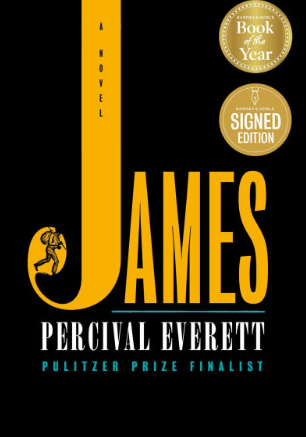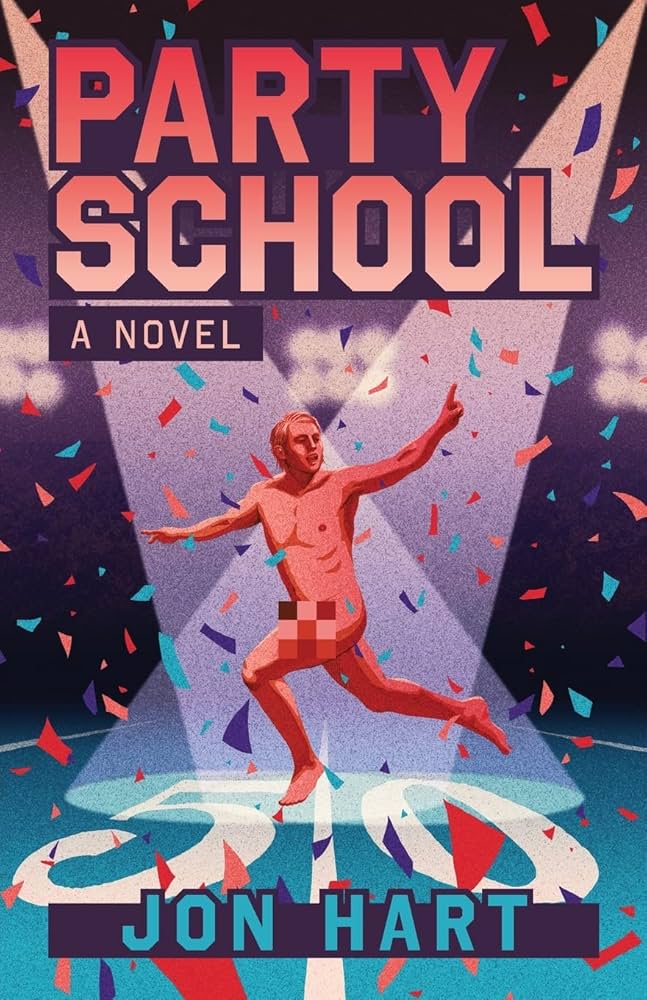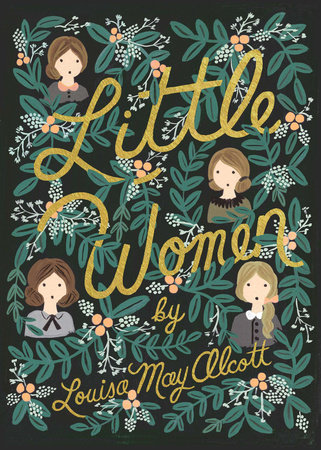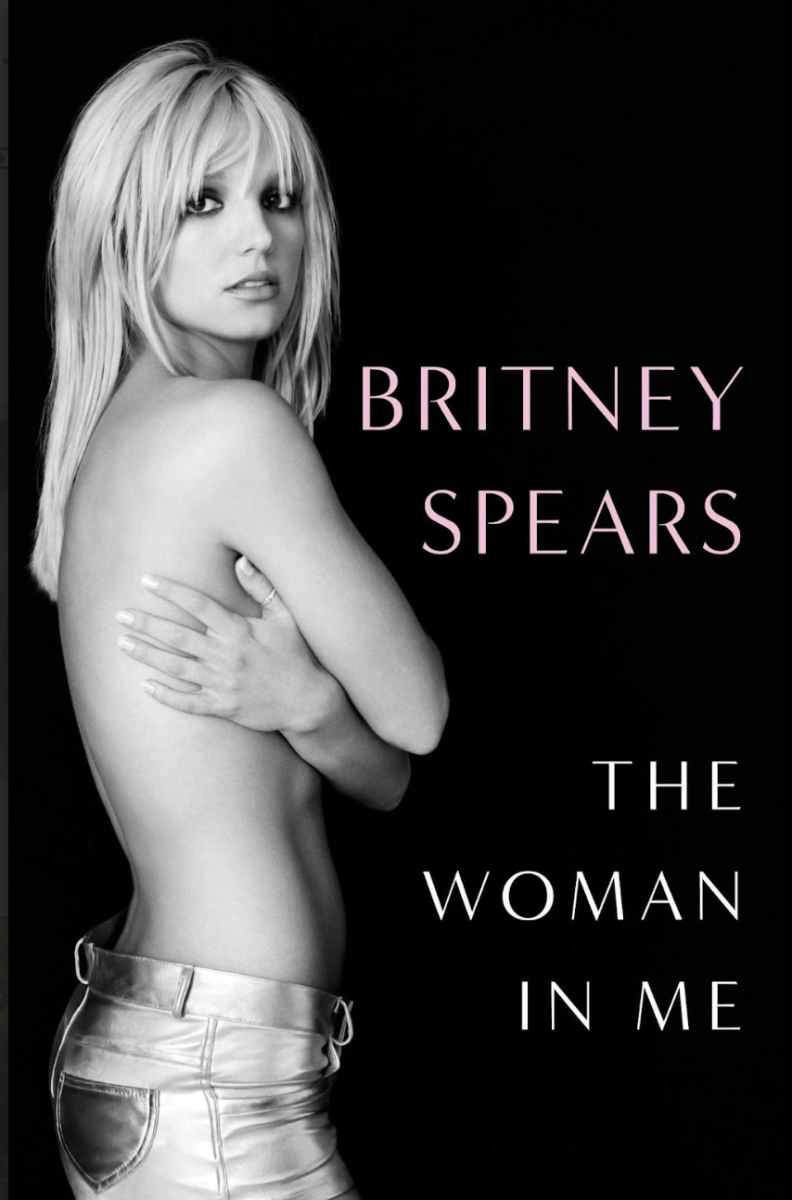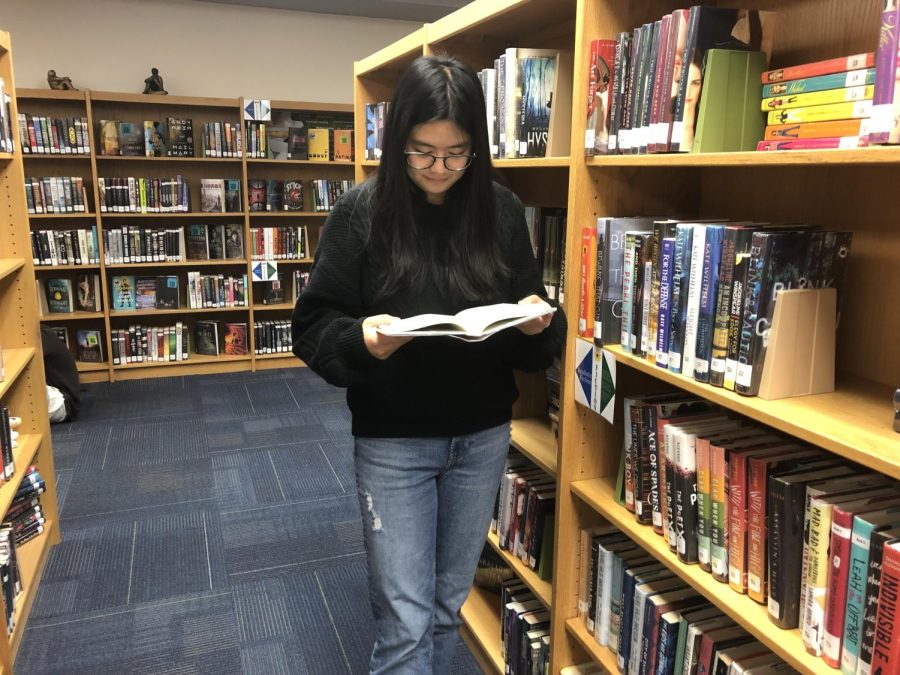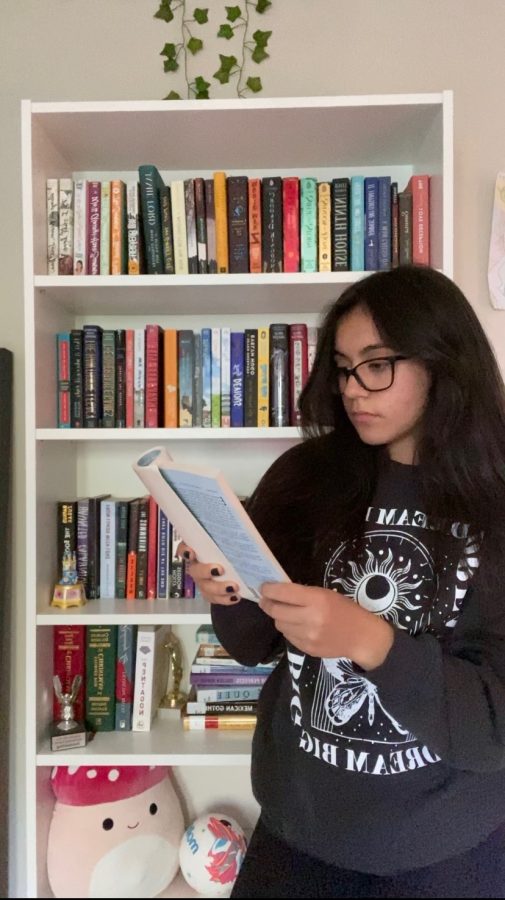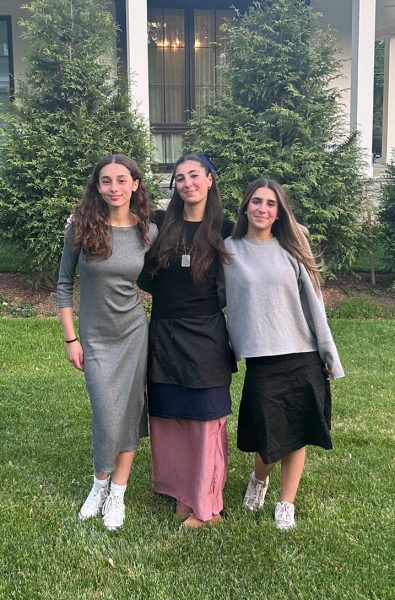The books each grade must read each year are constantly changing due to MCPS and Maryland State Department of Education constantly revamping the curriculum. Each and every book read throughout the four years of high school English courses come along with heavy student opinions. Each class has its best and worst books, but what are they?
Honors English 9 Best: “All American Boys”
“All American Boys” is a fictional story about a black boy, Rashad, who gets body slammed and arrested by a white policeman after he is falsely suspected of stealing chips. Rashad ends up in the hospital for days, but the book tells the story of his white friends realizing their privilege and the school rallying together in support of Rashad. The book has many heartwarming scenes, tugging at one’s heartstrings, and is relatable to many readers.
Honors English 9 Worst: “The Magic Fish”
“The Magic Fish” is about a Vietnamese boy who struggles to come out to his parents. Due to his lack of vocabulary in his parents’ language, he can not explain it in Vietnamese yet he can not explain it in English because they will not understand. The book is a classic coming-of-age story with the overused theme that all students are tired of: parents struggling to understand their kids and kids suffering, unable to get help.
Honors English 10 Best: “Odyssey”
“The Odyssey”, the sequel to the “Iliad,” is a large poem from Ancient Greece that tells the story of Odysseus and his journey home after the events in the Iliad. Both books have similar morals: do not mess with the gods, sending the priceless message that people will bring failure if too prideful.
Honors English 10 Worst: “Kindred”
In “Kindred,” the main character, Dana, passes out frequently and time travels to pre-civil war America where she coincidentally keeps saving the life of a boy named Rufus. There are many contradictions: sometimes Dana can pull herself back to the present, sometimes she is stuck in the past and she even leaves her partner in the past for five years after taking him with her. The book ties in too many elements: time travel, racism, slavery, love and plot twists.
Honors English 11 Best: “The Great Gatsby”
“The Great Gatsby” is one of the most classic novels read by students. The book is set in the 1920s and is about a man named Jay Gatsby who, after losing the love of his life Daisy Buchanan, tries to get her attention by hosting lavish parties. While the book ultimately ends with Gatsby’s death, it does a phenomenal job of exposing the corruption of the wealthy elite, the disillusion of chasing money and the complexities of love.
AP Language Best: “Why We Can’t Wait”
“Why We Can’t Wait” is a book Dr. Martin Luther King Jr. wrote to reflect on and record his involvement in the Civil Rights Movement. It is fascinating to read the book from his perspective, and King uses a lot of good figurative language. The book tells a brutal truth about the injustices leaders and protesters faced from police and government leaders during the Civil Rights Era after experiencing brutal slavery and segregation.
AP Language Worst: “Girl in Translation”
“Girl In Translation” deals with a daughter and mother who moved from Hong Kong to New York with no money and struggle to survive. Kimberly, the daughter, is a genius but has to work in a sweatshop with her mother, and as Kimberly goes through middle and high school, she starts to get obnoxious and boy-obsessed. Readers stop rooting for Kimberly before the book is even halfway done and the novel has the most unnecessary plot twist: Kimberly gets pregnant in high school.
Honors English 12/AP Literature Best: “Hamlet”
Shakespeare’s longest play, “Hamlet,” is the best book read by WCHS seniors. The story is about a prince who avenges his father’s death after ultimately discovering that his uncle, who married his widowed mother, killed him. The story follows deception, relationships and drama, and while it uses true, tough Shakespearean language, it is a classic tale full of revenge.
AP Literature Worst: “Beloved”
“Beloved” switches back and forth between events happening in the present of the book (1873 Cincinnati) and the past (1850s Kentucky). The book follows a newly freed slave, Sethe, who constantly confronts her trauma. The book goes back to the past in flashbacks, and different flashbacks are told from many different perspectives, making the book confusing between past and present and whose perspective the book is being told from.
